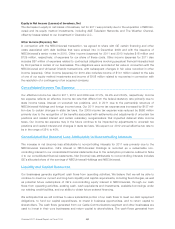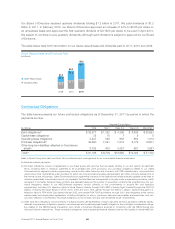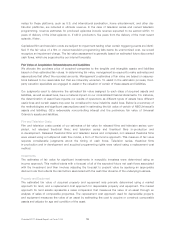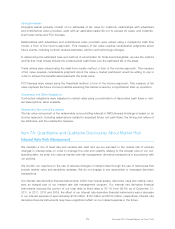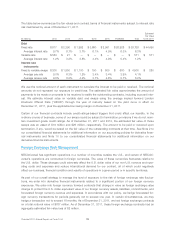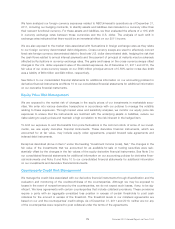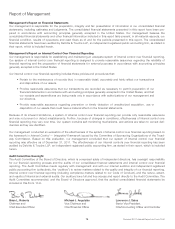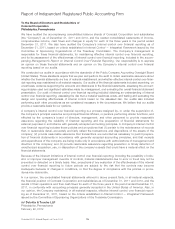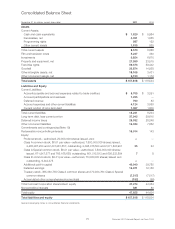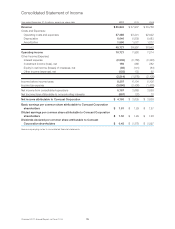Comcast 2011 Annual Report Download - page 72
Download and view the complete annual report
Please find page 72 of the 2011 Comcast annual report below. You can navigate through the pages in the report by either clicking on the pages listed below, or by using the keyword search tool below to find specific information within the annual report.mates for these platforms, such as U.S. and international syndication, home entertainment, and other dis-
tribution platforms, are included in ultimate revenue. In the case of television series and owned television
programming, revenue estimates for produced episodes include revenue expected to be earned within 10
years of delivery of the initial episode or, if still in production, five years from the delivery of the most recent
episode, if later.
Capitalized film and television costs are subject to impairment testing when certain triggering events are identi-
fied. If the fair value of a film or owned television programming falls below its unamortized cost, we would
recognize an impairment charge. The fair value assessment is generally based on estimated future discounted
cash flows, which are supported by our internal forecasts.
Fair Value of Acquisition-Related Assets and Liabilities
We allocate the purchase price of acquired companies to the tangible and intangible assets and liabilities
based on their estimated fair values. In determining fair value, management is required to make estimates and
assumptions that affect the recorded amounts. Management’s estimates of fair value are based on assump-
tions believed to be reasonable but that are inherently uncertain. To assist in the estimation process, third-
party valuation specialists are engaged to assist in the valuation of certain of these assets and liabilities.
Our judgments used to determine the estimated fair value assigned to each class of acquired assets and
liabilities, as well as asset lives, have a material impact on our consolidated financial statements. For instance,
the determination of asset lives impacts our results ofoperationsasdifferenttypesofassetshavedifferent
useful lives and certain assets may even be considered to have indefinite useful lives. Below is a summary of
the methodologies and significant assumptions used in estimating the fair value of certain of NBCUniversal’s
assets and liabilities, GE’s redeemable noncontrolling interest and the preliminary fair value of Universal
Orlando’s assets and liabilities.
Film and Television Costs
Film and television costs consist of our estimates of fair value for released films and television series; com-
pleted, not released theatrical films; and television series and theatrical films in-production and
in-development. Released theatrical films and television series and completed, not released theatrical films
were valued using a multiperiod cash flow model, a form of the income approach. This measure of fair value
requires considerable judgments about the timing of cash flows. Television series, theatrical films
in-production and in-development and acquired programming rights were valued using a replacement cost
method.
Investments
The estimates of fair value for significant investments in nonpublic investees were determined using an
income approach. This method starts with a forecast of all of the expected future net cash flows associated
with the investment and then involves adjusting the forecast to present value by applying an appropriate
discount rate that reflects the risk factors associated with the cash flow streams of the underlying business.
Property and Equipment
The estimated fair value of acquired property and equipment was primarily determined using a market
approach for land, and a replacement cost approach for depreciable property and equipment. The market
approach for land assets represents a sales comparison that measures the value of an asset through an
analysis of sales of comparable properties. The replacement cost approach used for depreciable property
and equipment measures the value of an asset by estimating the cost to acquire or construct comparable
assets and adjusts for age and condition of the asset.
Comcast 2011 Annual Report on Form 10-K 70




